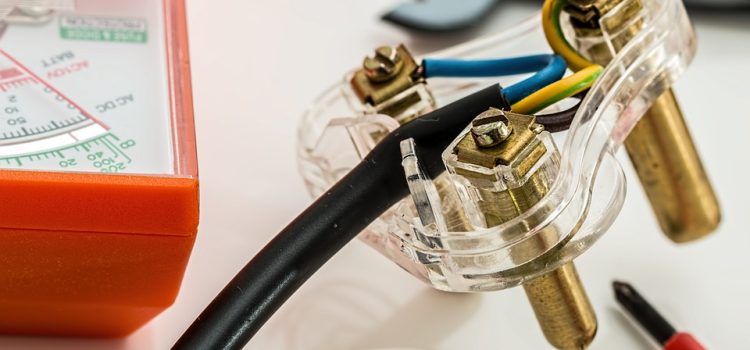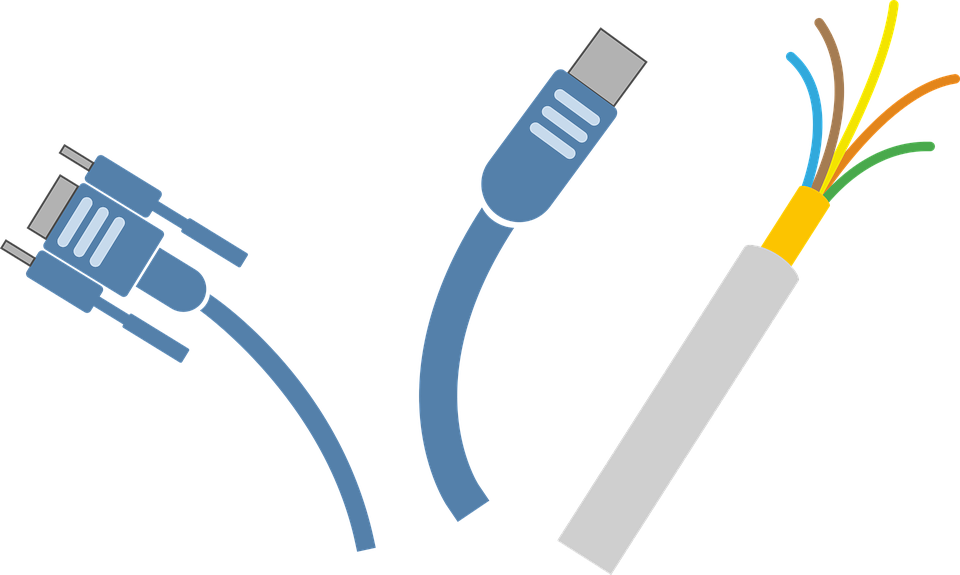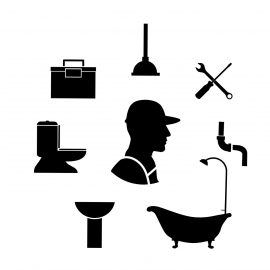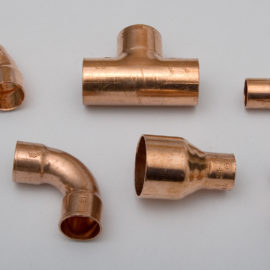
Whether it’s an old wire or a new one that’s coiled, we will tell you how to straighten out all the kinks. And, trust me, they all work!
Insulated Wire
Step 1:
Wrap one end of the wire around the shaft of a screwdriver. You can use any type of screwdriver with a round shaft. Place the wire end near the base of the handle and tightly wrap it around the shaft. Make sure there is enough wire on end to get a good grip later.
If you don’t want to damage the insulation around the wire, this method works well.
Step 2:
With your nondominant hand, grasp the screwdriver and wrapped wire. Keep the screwdriver parallel to the floor in front of you. Maintain a firm grip near the handle’s base. Press the coiled section of wire against the shaft with your thumb.
Your thumb will keep the wire from slipping off the end and will aid in straightening it.
Step 3:
Pull the coil’s end straight with your dominant hand. Pinch the coiled wire’s short end and slowly pull it out perpendicular to the screwdriver. To avoid accidentally twisting the wire again, keep it at the same level as the screwdriver. The kinks in the wire will flatten out as they wrap around the screwdriver, assisting in straightening the wire.
Step 4:
Continue to pull until the entire length is wrapped around the screwdriver. Reposition your grip so that your dominant hand is once again right next to the screwdriver. Continue wrapping the wire around the shaft until it is completely straight.
If you don’t need the entire length of wire, straighten it as much as you can before cutting the end with wire cutters.
The Gauge Wire Method (22 to 26)

Step 1:
To remove major kinks, try running the wire through your fingers. If your wire seems to have a lot of bends and lumps running through it, bend it by hand to straighten it out as much as possible. Grip the wire’s end between your fingers and keep it steady. Pinch the wire with your other index finger and thumb and pull it along its entire length.
If you’re having trouble gripping the wire, try holding it with a paper towel.
This may be sufficient to straighten really thin wires used for jewelry making.
Step 2:
With needlenose pliers, secure one end of the wire. It makes no difference which ends of the needlenose pliers you use. Simply pinch the wire between the pliers’ jaws to keep it from slipping out. Maintain a firm grip on the needlenose pliers with your non-dominant hand.
This method works best with 22- to 26-gauge wires used for jewelry making.
If you squeeze the handles too tightly, the pliers will leave tool marks on the wire. If you notice any scratches or dents, you can always snip the end of the wire with wire cutters.
Step 3:
Pull the coil’s end straight with your dominant hand. Pinch the coiled wire’s short end and slowly pull it out perpendicular to the screwdriver. To avoid accidentally twisting the wire again, keep it at the same level as the screwdriver. The kinks in the wire will flatten out as they wrap around the screwdriver, assisting in straightening the wire.
Step 4:
Continue to pull until the entire length is wrapped around the screwdriver. Reposition your grip so that your dominant hand is once again right next to the screwdriver. Wrap the wire around the shaft again and again until it is completely straight.
If you don’t need the entire length of wire, straighten it as much as you can before cutting the end with wire cutters.
Step 5:
Repeat the process with the pliers until the wire is straight. You’re unlikely to get your wire perfectly straight on the first pass, so continue sliding it along the wire until you do. Always begin just in front of the needlenose pliers and work your way down the wire until you’re satisfied with how it looks.
Step 6:
Examine the wire for gouges or grooves that could weaken it. Examine the wire along its entire length to see if it is thinner in some places than others. Small marks or scratches are only cosmetic in nature, so you should not be concerned. However, if you notice any deep gouges or scratches, replace the wire.




